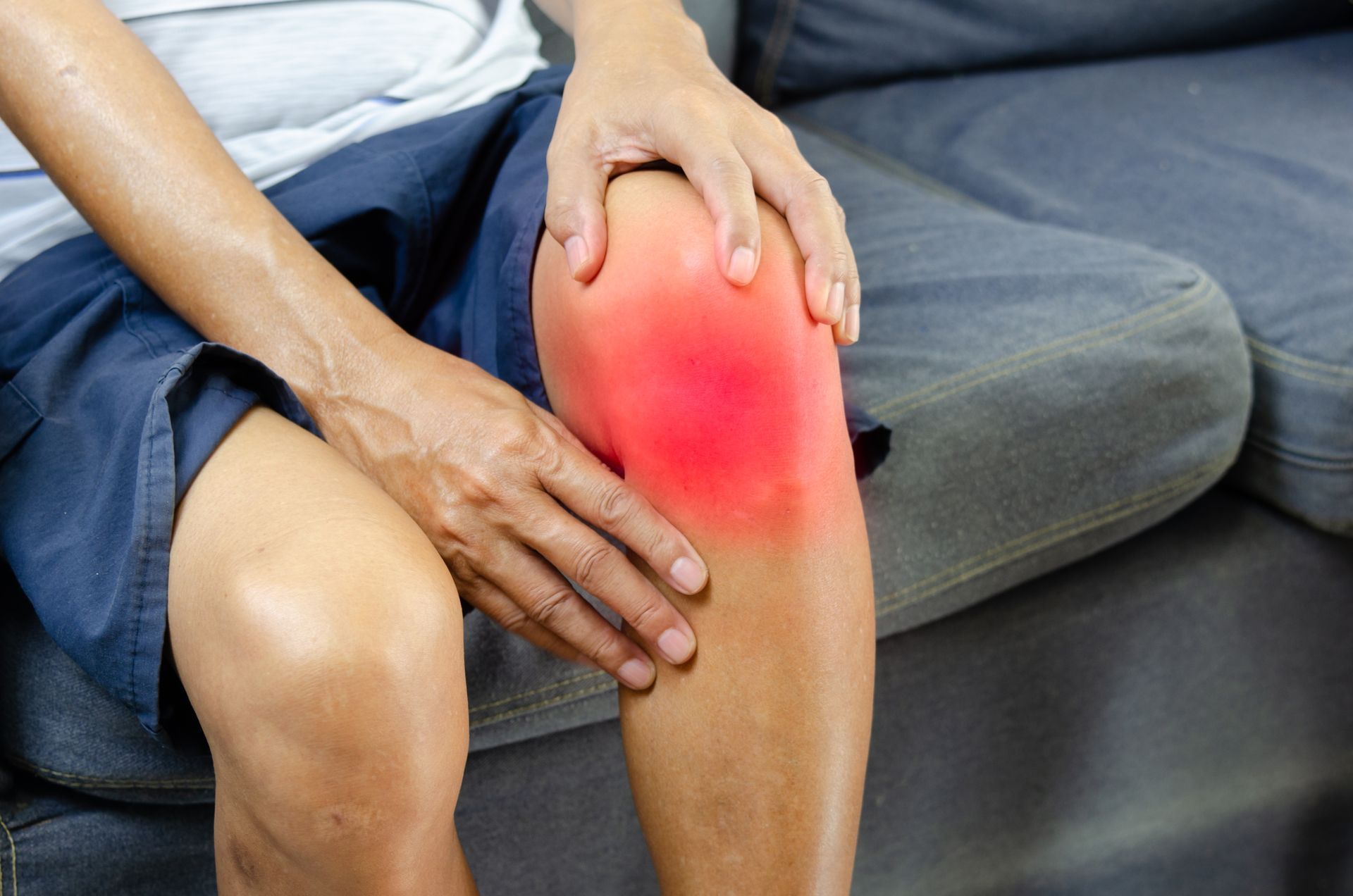Customized Care Plans: The Key to Treatment
Chronic pain is a significant health issue that affects millions of people globally, impacting their ability to perform daily activities and diminishing their quality of life. In the United States, it is estimated that more than 50 million adults are afflicted by chronic pain, which can result in limited mobility, emotional challenges, and a decrease in life satisfaction. Managing chronic pain is a complex task, often requiring an approach that addresses both physical and psychological components. This is where the concept of personalized care becomes essential.
A universal approach often falls short in effectively treating chronic pain due to the distinct nature of each patient's condition. Chronic pain can originate from various sources, such as arthritis, fibromyalgia, or neuropathy, and each condition may manifest differently in different individuals. Consequently, treatment plans must be customized to the specific needs and circumstances of each patient. Personalized care plans provide a solution by taking into account individual patient needs, preferences, and objectives.
The Benefits of Personalized Care Plans
Personalized care plans have been shown to significantly enhance patient outcomes in chronic pain management. By concentrating on the unique aspects of each patient's condition, healthcare providers
can devise strategies that are more likely to yield positive results. Research has highlighted the advantages of this approach, demonstrating improved pain relief, better quality of life, and increased patient satisfaction. Expert opinions also endorse the notion that personalized care is a best practice in chronic pain management.
Developing Customized Care Plans: A Patient-Centered Approach
The creation of personalized care plans begins with a thorough initial assessment. Healthcare providers collect detailed information about the patient's medical history, lifestyle, and personal goals. This assessment aids in understanding the underlying causes of the pain and identifying any contributing factors. Patient involvement in this process is crucial, as it ensures that their preferences and expectations are considered.
Medical history is pivotal in shaping customized care plans. It offers insights into previous treatments, allergies, and other health conditions that might influence the selection of therapies. Lifestyle factors, such as diet, exercise, and stress levels, are also considered to develop a holistic approach to pain management. Personal goals, such as enhancing mobility or returning to work, guide the setting of realistic and achievable objectives.
Collaboration between healthcare professionals and patients is key in setting these goals. It ensures that the care plan aligns with what the patient values most, increasing the likelihood of adherence and success. Continuous evaluation and adjustment of the care plan are equally important to maintain its effectiveness over time. Regular check-ins allow for modifications based on the patient's progress and any changes in their condition.
Real-World Success: Patient Testimonials
The success of personalized care plans in chronic pain management is best illustrated through real-world examples. Patients who have benefited from customized care often share how these plans have positively impacted their lives. For instance, a patient from Richmond, VA, suffering from severe arthritis, reported significant improvements in mobility and pain reduction after a tailored exercise and nutrition plan was implemented.
Another patient from Henrico, VA, dealing with chronic back pain, expressed how a combination of chiropractic care and lifestyle adjustments helped them regain control over their life. They noted, "The personalized approach made all the difference. I felt heard and understood, and the care plan addressed my specific needs."
Patient feedback is crucial in refining and improving care plans. It enables healthcare providers to make necessary adjustments and ensure that the treatment remains effective and aligned with the patient's evolving needs. This collaborative approach fosters trust and empowers patients to take an active role in their care.
Local success stories from areas like Chesterfield, VA, and Glen Allen, VA, further highlight the positive impact of personalized care. Patients in these regions have experienced enhanced quality of life and reduced pain through individualized treatment plans, demonstrating the value of this approach in chronic pain management.
The Role of Technology in Personalized Care Plans
Technology plays a significant role in the development and implementation of personalized care plans. With advancements in medical technology, healthcare providers
can gather and analyze data more efficiently, leading to more accurate assessments and tailored treatment strategies. Wearable devices, for instance, can monitor a patient's physical activity, sleep patterns, and vital signs, providing valuable insights into their condition.
Telemedicine is another technological advancement that has greatly contributed to personalized care. It allows patients to connect with healthcare providers remotely, making it easier to receive continuous support and guidance. This is particularly beneficial for those with mobility issues or those living in remote areas. Telemedicine also facilitates regular check-ins, ensuring that care plans are adjusted as needed to reflect the patient's progress.
Digital health records are another crucial component in the customization of care plans. They enable healthcare providers to access a patient's medical history quickly and efficiently, ensuring that all relevant information is considered when developing a treatment strategy. This comprehensive approach helps in creating a more accurate and effective care plan.
The Importance of Multidisciplinary and Integrated Medical Teams
A multidisciplinary approach is
essential in the development of personalized care plans. Chronic pain management often requires the expertise of various healthcare professionals, including doctors, physical therapists, psychologists, and nutritionists. Each professional brings a unique perspective and set of skills, contributing to a comprehensive and holistic care plan.
Collaboration among these professionals ensures that all aspects of a patient's condition are addressed. For example, a physical therapist may focus on improving mobility and strength, while a psychologist may address the emotional and psychological aspects of chronic pain. A nutritionist, on the other hand, may work on dietary changes that can help in pain management.
This team-based approach not only enhances the effectiveness of the care plan but also ensures that the patient receives well-rounded support. It fosters a sense of community and collaboration, empowering patients to actively participate in their treatment journey.
The Future of Personalized Care in Chronic Pain Management
As the field of healthcare continues to evolve, the emphasis on personalized care is expected to grow. Advances in medical research and technology will likely lead to even more effective and targeted treatment strategies. Personalized care plans will continue to be a vital component in chronic pain management, offering hope and relief to those suffering from chronic pain. Healthcare providers are increasingly recognizing the importance of patient-centered care, leading to more widespread adoption of personalized care plans. This shift towards individualized treatment is not only beneficial for patients but also for healthcare systems, as it can lead to improved outcomes and reduced healthcare costs.
Personalized care is an essential element of effective chronic pain management. By addressing the unique needs of each patient, healthcare providers can offer more targeted and effective treatments, leading to improved outcomes and greater patient satisfaction. As healthcare continues to advance, the focus on personalized care is likely to increase, offering hope and relief to those suffering from chronic pain.
For those seeking comprehensive and personalized care plans for chronic pain management, our team of experienced healthcare professionals is committed to improving the quality of life for individuals dealing with chronic pain.
Reach out to Chronic Care of Richmond today and our integrated medical team to learn more about how we can support your journey to better health.




